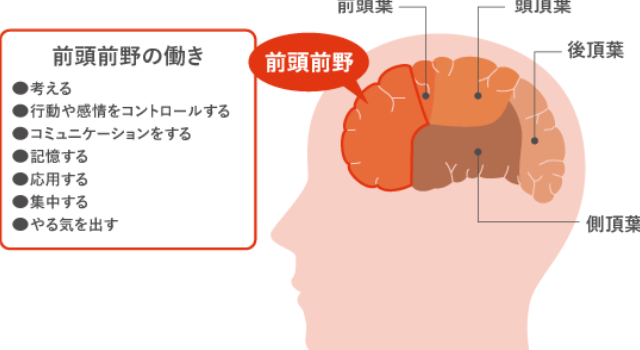Parents of children who do not study or improve their grades may be thinking “where is my child’s motivation switch?”.
Motivation to study is known as “intrinsic motivation”; on the other hand, motivation for things such as “I enjoy studying”, “I want to be able to do things I cannot do”, “I do not want to be scolded by my parents and teachers” and “I want to make it to a top-tier school” are all examples of “extrinsic motivation”.
Both “intrinsic motivation” and “extrinsic motivation” are said to involve an area near the center of the brain called the striatum, which is mainly related to motor function, but is also involved in decision making. Thus, the striatum is considered to be the so-called brain motivation “switch”. It has also been found that intrinsic motivation is specifically related to the prefrontal cortex of the right hemisphere, and extrinsic motivation to the orbitofrontal gyrus on the lower frontal lobe.
However, no matter how much “extrinsic motivation” is present, it is not as effective, because the higher the “intrinsic motivation”, the higher the activity of the striatum.
There is a research study on “the relationship between motivation and academic ability” between the Tohoku University’s Institute of Development, Aging and Cancer, and the Sendai City Board of Education that proves this. Results showed that all subjects in the group with high “intrinsic motivation” and low “extrinsic motivation” performed the best. On the other hand, those who performed poorly were those with low intrinsic motivation and extrinsic motivation, and those with low intrinsic motivation and high extrinsic motivation.
Therefore, it is important to increase “intrinsic motivation” to motivate children to improve their academic abilities. If you help your child find the fun and value in studying, they will naturally improve their grades.









